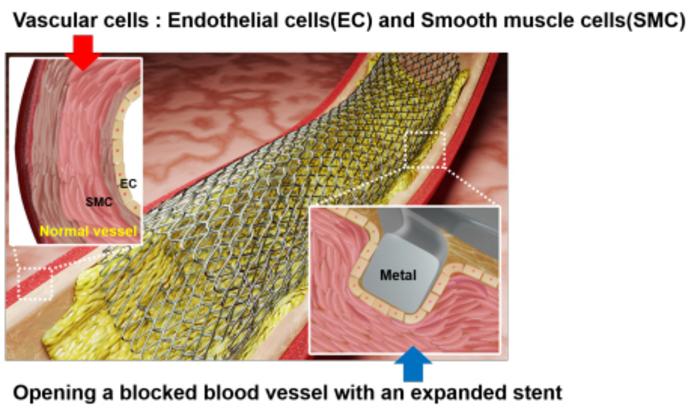Endovascular Thrombectomy Improves Clinical Outcomes for Patients with Large Ischemic Stroke
Posted on 21 Feb 2024
A new study has found that endovascular thrombectomy (EVT) can improve clinical outcomes for patients with acute ischemic stroke and large cores as compared with medical management.
Researchers from Case Western Reserve University (Cleveland, OH, USA) examined the relationship between imaging assessments of irreversible brain damage, areas at risk, and the clinical outcomes and effects of EVT treatment. This study spanning 31 international centers involved 336 patients who had acute ischemic stroke due to blockage of the internal carotid or the middle cerebral artery's M1 segment and a large ischemic core. Participants were randomly assigned to receive either EVT or medical management. The researchers found that EVT led to better functional outcomes compared to medical management.

This was particularly evident in an ordinal analysis of the modified Rankin Scale (mRS) at 90 days within certain categories of the Alberta Stroke Program Early Computed Tomography (CT) Score (ASPECTS) – specifically, categories 3, 4, and 5. The adjusted generalized odds ratios (aGenORs) for these categories were 1.71, 2.01, and 1.85, respectively. When comparing EVT with medical management, the aGenORs were 1.63, 1.41, and 1.47, respectively, for ischemic core volumes of ≥70, ≥100, and ≥150 mL, as measured by CT perfusion or magnetic resonance imaging (MRI). The study also found that outcomes in the EVT group tended to worsen as the ASPECTS decreased and as the CT perfusion/MRI ischemic volume increased, with aGenOR decreasing by 0.92 for every 10-mL increase in volume.
"EVT improved functional outcomes in ordinal analysis of the mRS score across a wide spectrum of ischemic injury extent when compared with medical management only," concluded the researchers.
Related Links:
Case Western Reserve University














